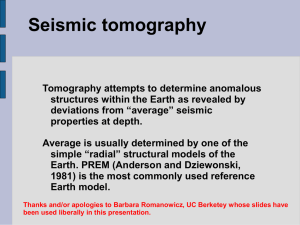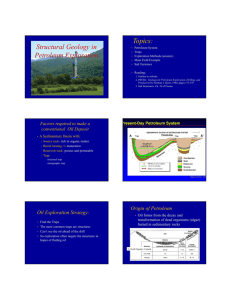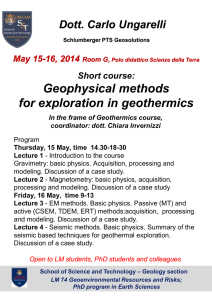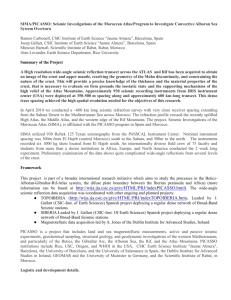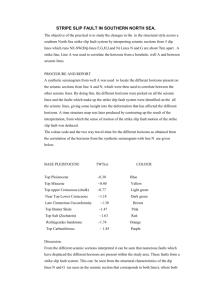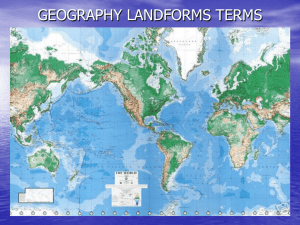Gallery - Sub
advertisement
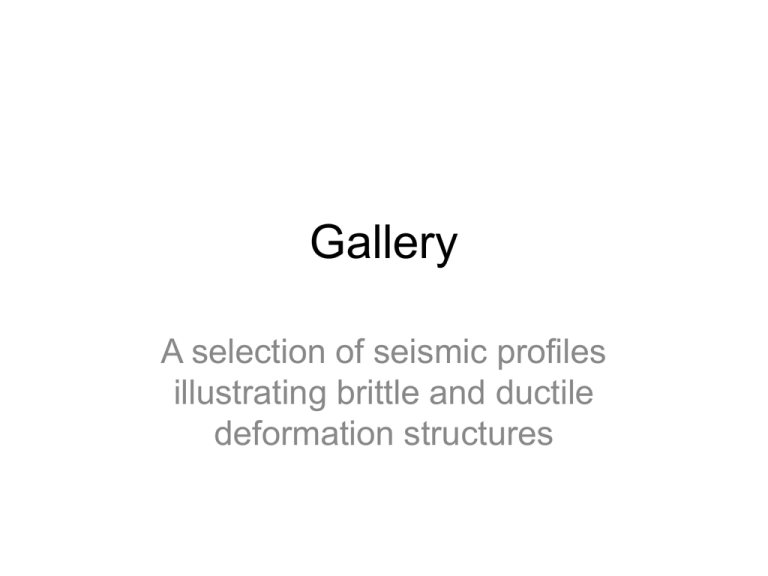
Gallery A selection of seismic profiles illustrating brittle and ductile deformation structures Normal Fault The curved shape makes this a listric fault. A listric shape is very common. Click to show interpretation Reverse fault Click to show interpretation Faults occur in complex patterns, this is block faulting Click to show interpretation Step faulting Click to show interpretation Stepped faults or monoclines? Click to show interpretation Unconformity Click to show interpretation Complex folding can be caused by the migration of salt. Salt deformation offshore France The salt body is coloured black Image from the Virtual seismic Atlas www.seismicatlas.org Author: TGS-Nopec Salt dome Gulf of Mexico Extreme deformation caused by very large quantities of low density salt migrating towards the surface. Image from the Virtual seismic Atlas www.seismicatlas.org Author: Bruce Trudgill Seismic data poor here due to the salt (seismic waves do not get reflected back to the surface) Salt diapir has low density and moves towards the surface Salt dome Gulf of Mexico Image from the Virtual seismic Atlas www.seismicatlas.org Author: Bruce Trudgill 65 km 5000 msec TWT This is a thrust zone from offshore Namibia It is a very large structure The next slide shows a zoomed view Image from the Virtual seismic Atlas www.seismicatlas.org Author: Rob Butler Thrust offshore Namibia Image from the Virtual seismic Atlas www.seismicatlas.org Author: Rob Butler This map shows the location of Namibia. Thrusts are low angle reverse faults commonly associated with mountain building (orogenies). Mountain building is associated with plate collisions. This map shows the position of the major plates. Namibia is not near any colliding plates. BUT - it is near a place where the continental crust meets oceanic crust (passive margin). What could be the mechanism for this thrust zone? It is driven by gravity


